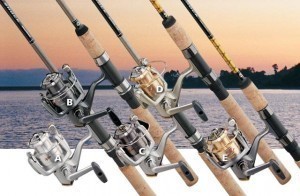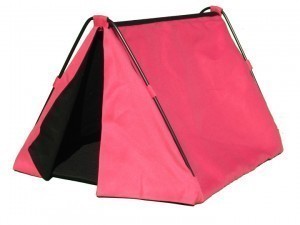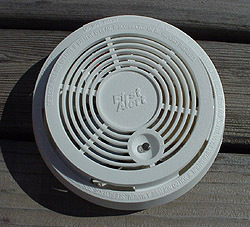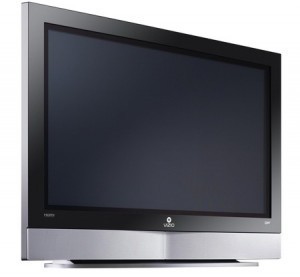Fishing Rod Dimensions
Used primarily to catch different kinds of fishes, the fishing rod  is also the most important equipment in the sport called angling. Its basic components include a reel and line guides. Some of the common materials used to create this highly important tool include carbon fiber, fiberglass as well as bamboo. It comes in various types, some of the most interesting include tenkara rods, fly rods and carbon fiber rods. Aside from these facts, it is also important to learn the different fishing rod dimensions.
is also the most important equipment in the sport called angling. Its basic components include a reel and line guides. Some of the common materials used to create this highly important tool include carbon fiber, fiberglass as well as bamboo. It comes in various types, some of the most interesting include tenkara rods, fly rods and carbon fiber rods. Aside from these facts, it is also important to learn the different fishing rod dimensions.
The Dimensions of Fishing Rods
Fishing rods come in different sizes, but they are usually found within the range of 24 inches to 20 feet. The length of carbon fiber rods ranges from 3 feet to 18.5 feet. The length of tenkara rods varies from 11 to 13 feet. Meanwhile, spinning rods are 5 to 8.5 feet long. The average length of ultra-light rods is somewhere between 4 and 5.5 feet. Ice rods are relatively shorter in length, the average of which ranges from 2 to 3 feet. On the average, sea rods are 13.12 feet long. Surf rods are 10 to 14 feet long. Trolling rods are 4.5 to 5 feet long. The average length of telescopic rods ranges from 20 to 30 feet.
Additional Facts and Other Interesting Details
Based on historical accounts, the origin of fishing rods can be traced back to ancient Rome, Greece, China and Egypt. The same also goes for medieval England, from where the term ‘angling’ was derived. Before synthetic materials were made available for the construction of fishing rods, people used different kinds of natural materials such as ash wood, Calcutta reed and Tonkin bamboo. They are pliable, tough and light. For the grips and handles, the primary materials used are wrapped cane, wood and cork.
Manufacturers of fishing rods need to consider different kinds of specifications. These include lure weight, line weight, action and power. Fly rods work well with artificial flies, which are made from lightweight materials such as foam, features and fur. Tenkara rods are specifically designed for tenkara fishing, which is a highly popular method in Japan. Ultra-light rods work great with smaller lures and lighter line, which is advantageous for catching smaller species of fish.
Sea rods are designed primarily to catch huge fishes from the sea. For the sport called surf casting, the preferred tool is the surf rod. The durability and lightness of cork are enough reasons why manufacturers continue to use it for constructing modern fishing rods. When the rods are longer, it is more advantageous to go casting.





